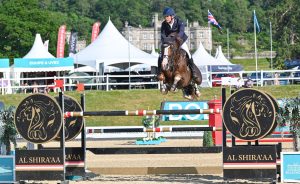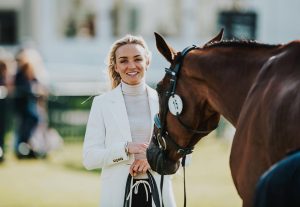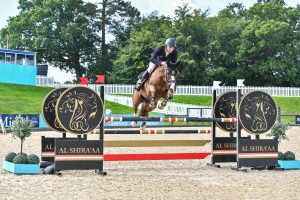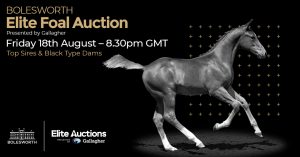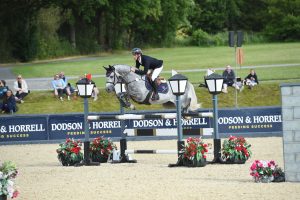Solid reputations and satisfied customers: Talk about Trainers and Traders
Professional trader Malcolm Aitken (MA Sports Horses) is a regular competitor at Crofton Manor, Sparsholt College & other local venues British Novice to Foxhunter on a range of horses and runs a small competition yard in Medstead where he trains Show Jumping horses from first shows to Foxhunter level. Malcolm currently has a very exciting string of horses and is looking forward to attracting new horses and owners. We also try to fit in some away shows and have in the past stayed away at The Hand and Wales & West and am hoping to have some horses for the Addington Young Horse classes later this year and is looking for owners who are keen to support a very consistent professional reach the next level.
MA Sports horses also has an exciting opportunity for an apprentice show jumping groom / working pupil who is hard working, literate and honest an young person to train as a show jumping groom. The applicant must be organised, dedicated, punctual, good with animals and patient. The successful applicant will be provided with suitable training and instruction to allow him/her to progress their career. It would be beneficial for the applicant to be a capable rider and be prepared to ride a range of horses although not essential. There will be some mucking out some travelling to shows & since we also have a Stallion and several youngsters some of the work will involve providing assistance with our small scale breeding programme. Regrettably no accommodation. Car driver preferred.
Malcom has a string of happy customers all happy to support him and his reputation.
“Warrior has settled in in his new home very well – everybody at Wellington Riding adores him – When I am not there he is only ridden by Instructor level staff and even they fight over who gets him. Warrior has recently made an appearance in the September 2014 ediition of Horse and Rider Magazine, even the head instructor had to be photographed with him. I am very proud. Chrysoula Zervoudakis
I would like to thank you so much for everything. I am so proud to say I am the new owner of Cookie. He is going to have a lovely time with me and he is already starting to settle in. Morgan Saunders
Thank you for all the work you did breaking TC he is doing brilliantly. Natalie Morat
Just thought I would let you know that Freddie has settled in really well. After a few minor bridle adjustments we hacked out on our own and he scored 10 out of 10. Several different routes no problem. Thank you for helping us get together. Jean Baylis
I was stunned to win a red rosette in the very first class that Ludo and I entered. I must thank you again for producing such a mannerly and well schooled horse, he is a joy to have on the yard and to take out and I have the added bonus of receiving a constant stream of complimentary remarks. Margaret Dufall”

